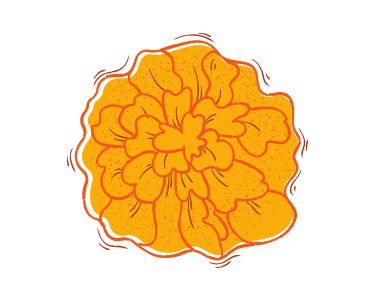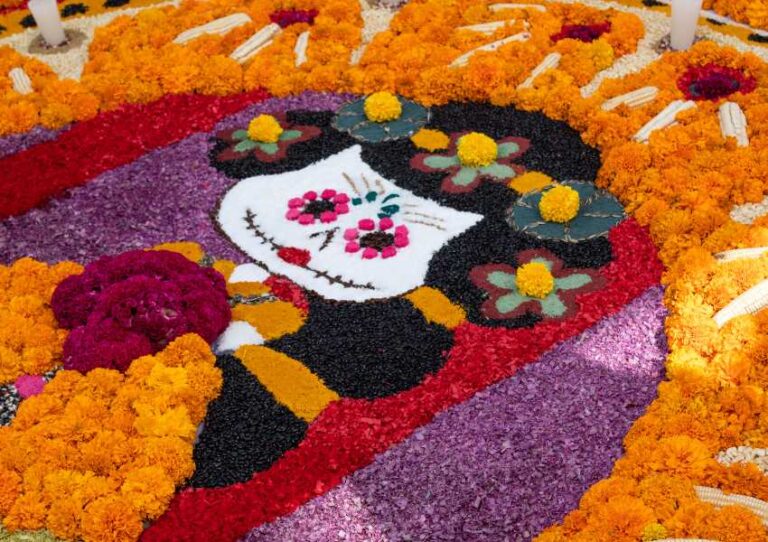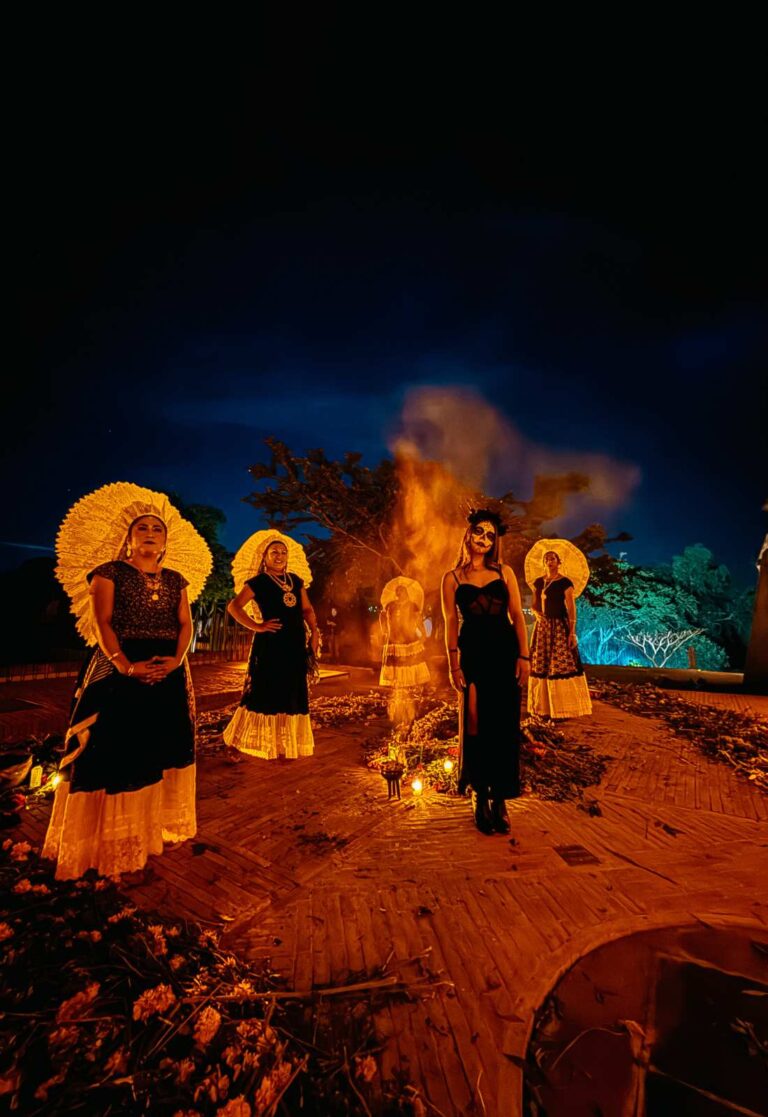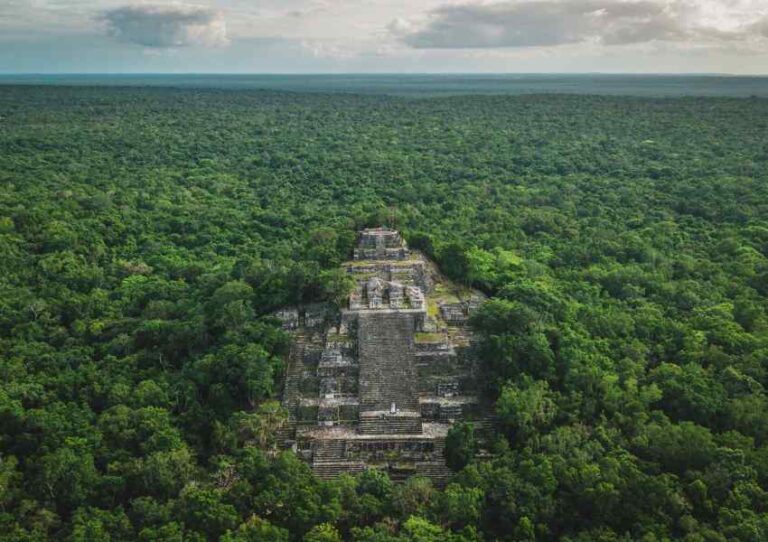History of Mexico’s Catrina: Origin, Meaning, and the Creators Who Brought Her to Life
Have you ever wondered about the history of Mexico’s Catrina, the iconic and beloved figure of Mexican culture so closely associated with Day of the Dead celebrations? These distinguished figures dressed in elegant attire, have become emblematic symbols of Día de Muertos.
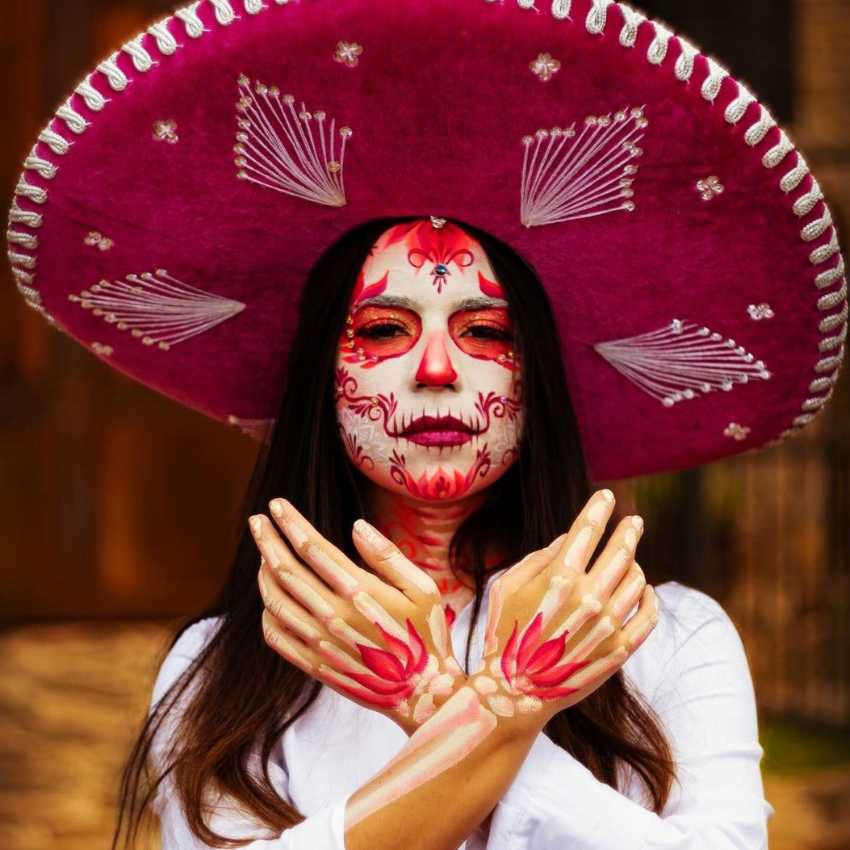
Catrinas celebrate death from a joyful perspective just like all Day of the Dead figures and symbols do, with the difference that they originally were conceived with a touch of political satire, contrary to the rest of the highly spiritual festivities.
Though it may be hard to believe, the history of Mexico´s Catrina doesn´t go back to the pre-hispanic era before the Spanish conquest, as one might assume. That is to say, the weren’t always there and its origin can be traced to the late-19th century.
One thing is for sure is that the creators of the Catrina never imagined that their work would one day become an essential part of Día de Muertos festivities, much less that we would see them in massive parades and as giant sculptures strolling down Avenida Paseo de la Reforma and other major streets in cities all over Mexico!
Keep reading to find out about the story of Mexico’s Catrina’s, its origin, meaning, who brought her to life, its impact on Mexican culture, and the role Diego Rivera played in making her famous.
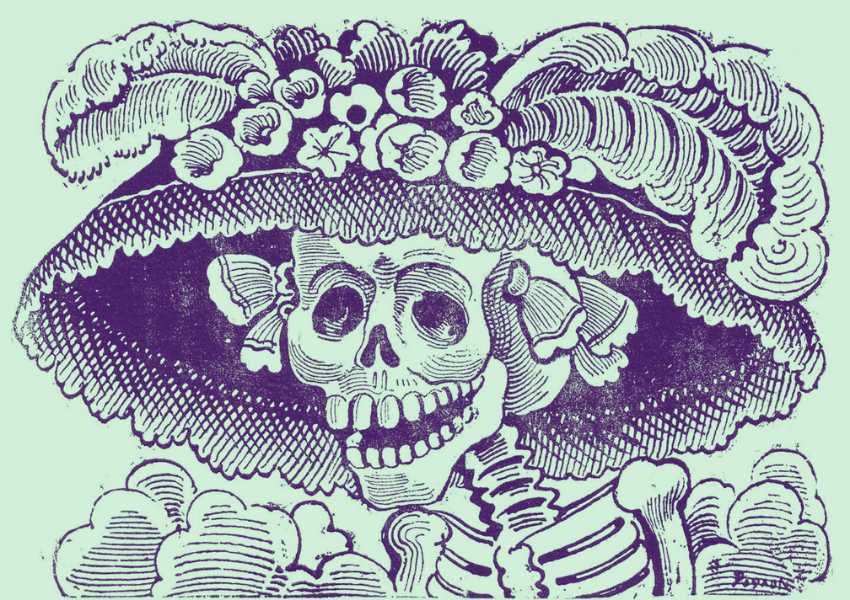
The Origin of Mexico’s Catrina
The origin of Mexico’s beloved Catrina as we know her today dates back to the late 19th century, when the now famous Mexican lithographer and caricaturist José Guadalupe Posada created an illustration that he named “La Calavera Garbancera”.
The artist, who was born in the state of Aguascalientes, was fond of depicting skeletons and skulls in his work. True to his style, he portrayed “La Calavera Garbancera” as a skull wearing a stylish feathered hat to depict indigenous women who aspired to be part of the upper class. These women adopted European customs, often trying to deny their cultural heritage and roots behind their clothes, accessories, and hair-dos.
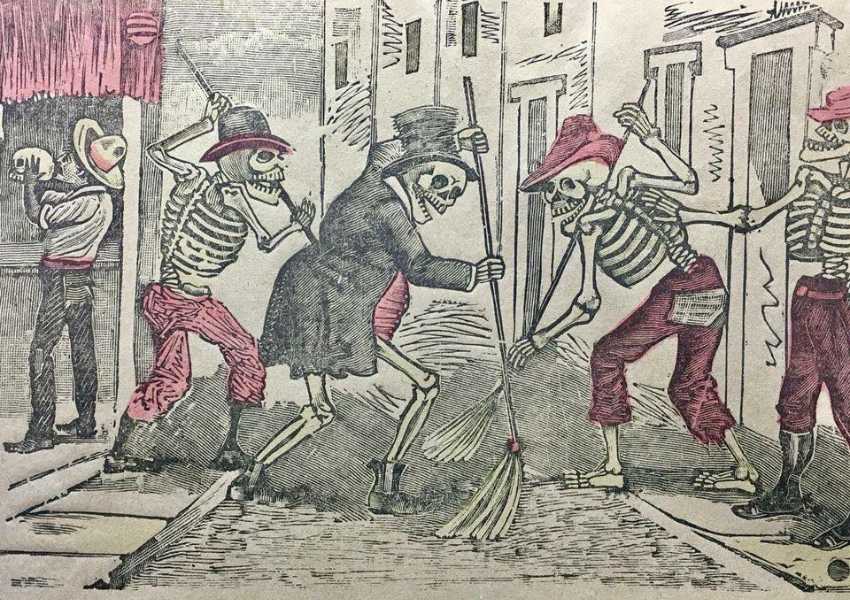
The term “garbancera” that Posada used for his unique cartoon referred to chickpea (garbanzo) vendors who rejected their indigenous identity. Though it may seem that his intention had a racist tone, it was in fact the opposite, as he mocked those people who had internalized a disdain for their own origins and rich heritage.
His skull was a social critique of that trend as well as a satire of class differences. Most important, his work was a reminder that, in the end, regardless of social status, all people share the same fate – death.
You might want to read: 10 Cities in Mexico for Day of the Dead Celebrations
Diego Rivera’s role in the History of Mexico’s Catrina
It was the artist Diego Rivera – Frida Kahlo’s husband, who gave the modern Catrina her final form. in his mural “Dream of a Sunday Afternoon in the Alameda Central (1947) – “Sueño de una tarde dominical en la Alameda Central” – Rivera included the figure of a skeletal woman attired in an elegant dress, whom he named “La Catrina”. From then on, La Catrina became an iconic symbol of Mexican culture and Día de Muertos.
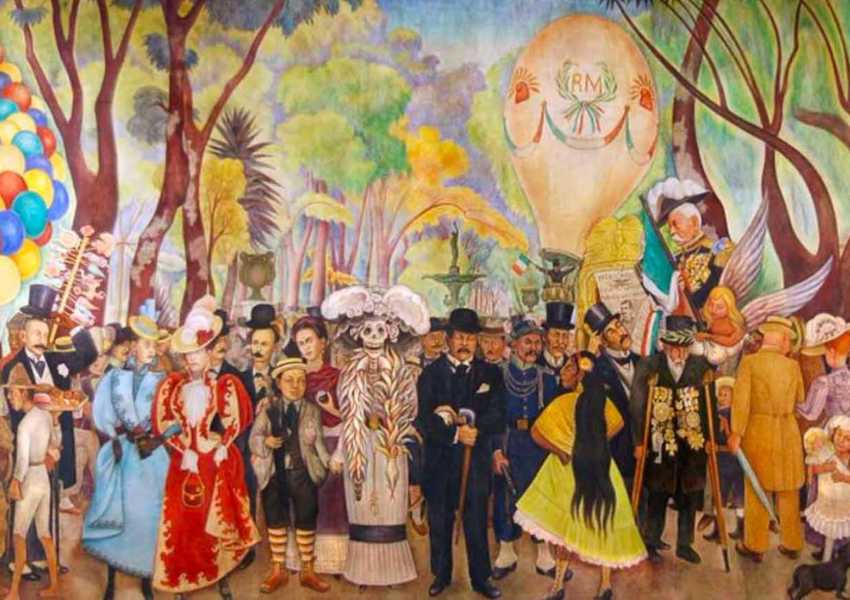
It is important to mention that Diego Rivera always credited José Guadalupe´s work as the inspiration for his Catrina. In fact, he even included a drawing of the famous engraver and artist in the mural. You can visit the famous mural in the Museo Mural Diego Rivera, which is located in Colón Balderas street in Mexico City’s Historic Center.
“As great as Goya, Posada was a creator of inexhaustible richness. No one will be able to imitate him; no one”, Rivera once said about José Guadalupe Posada and his work.
The Meaning of Mexico’s Catrina
Catrinas are a reminder of the inevitability of death, but they also represent the carefree and even festive attitude Mexicans have toward it as part of the cycle of life. While in other cultures death only has a heartbreaking and grim side, Día de Muertos is a celebration of life and a tribute to those who have passed on from this world.
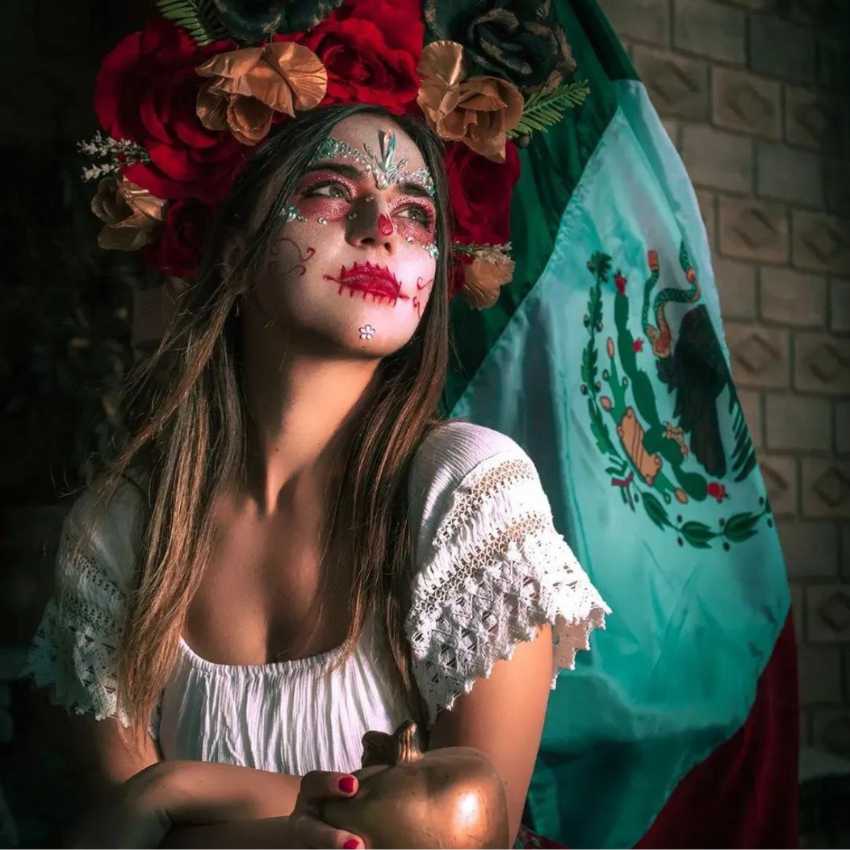
Mexico’s Catrina also embodies the Mexican saying “death makes us all equal”, as her extravagant attire serves as a reminder that, in the end, status and wealth hold no power over it.
Over the course of the history of Mexico’s Catrina, she has also become a figure that reflects the beauty of death. She brings a message of acceptance and resignation in a positive and even witty, sarcastic tone. In other words, Catrinas invite us to celebrate the lives of the departed rather than mourn their loss.
Catrinas and Day of the Dead in Mexico
Día de Muertos, which is observed on November 1st and 2nd, is a huge celebration in which Mexicans remember their loved ones who are no longer with them. Catrinas, with their elegant appearance and mischievous smiles, have become a significant presence in the festivities. They appear in costumes, parades, ornaments, and artistic make-up.
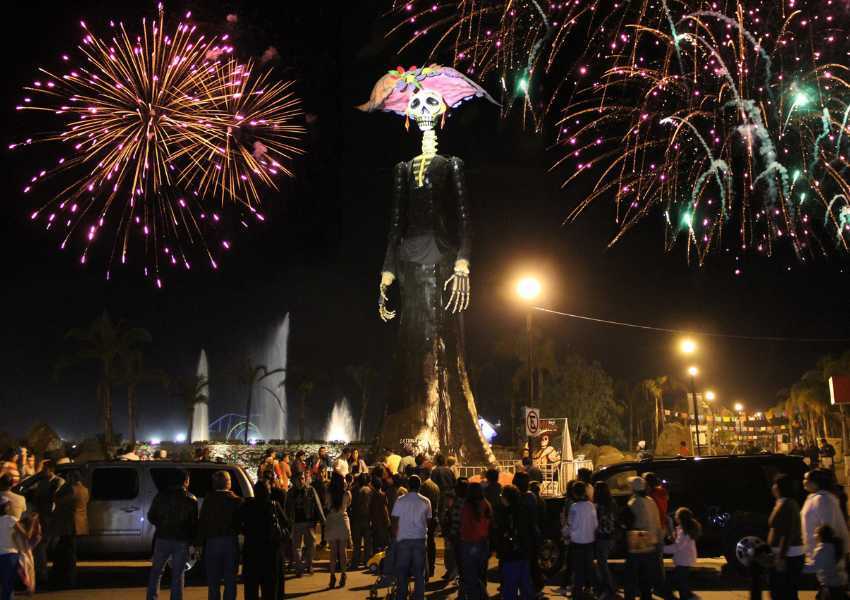
Today, La Catrina is an iconic symbol that is present in the activities that surround Día de Muertos. Her figure is iconic in parades and representations in different Mexican cities like Oaxaca, Aguascalientes, Sayulita, Guadalajara, Mexico City, and others feature giant catrinas, while many people dress up and paint their faces as her.
If you happen to visit one of these cities during Día de Muertos, it is relatively easy to find street make-up artists who will be more than happy to do your Catrina make-up at a very reasonable cost. the same goes for costumes, which you can easily find in traditional markets and department stores.
The Impact of Mexico’s Catrina on Popular Culture
Over time, catrinas has become emblematic figures not only in Mexico, but they have also crossed borders and become well known all over the world, being integrated into global popular culture.
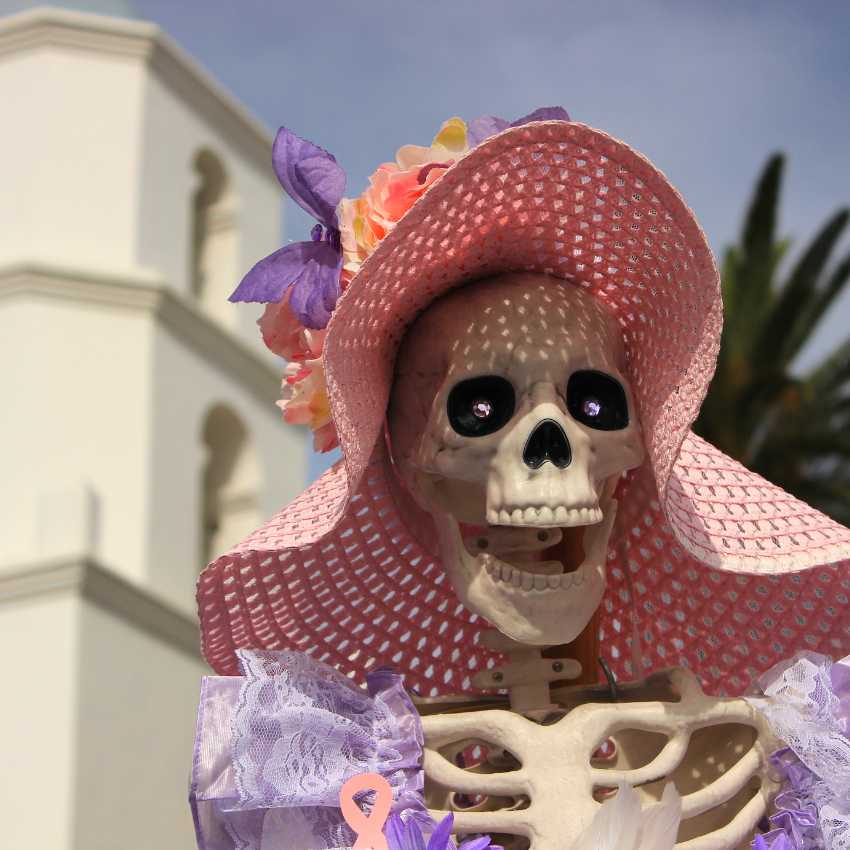
The symbol of La Catrina has gained unprecedented worldwide popularity, thanks in part to films like Spectre (2015) from the James Bond series and Coco (2017) from Disney-Pixar, both of which prominently featured her figure.
Through La Catrina, the world has come to know and appreciate the richness of Mexican traditions, especially those related to Día de Muertos and the unique vision of life and death, where mourning, death, and the celebration of life are intertwined in perfect harmony.
Influence of José Guadalupe Posada’s skull and Skeletons in Mexican Art
José Guadalupe Posada had a huge influence on Mexican art and on the work of future generations. He was considered a precursor of the nationalist movement in the visual arts by great artists such as José Clemente Orozco, Diego Rivera, Francisco Díaz de León, and Leopoldo Méndez.
As is often the case in the history of art, Posada’s “Calavera Garbancera” and other works became famous only after his death, so he never experienced the fame his work would later acquire. However, artists like José Clemente Orozco did know of him.
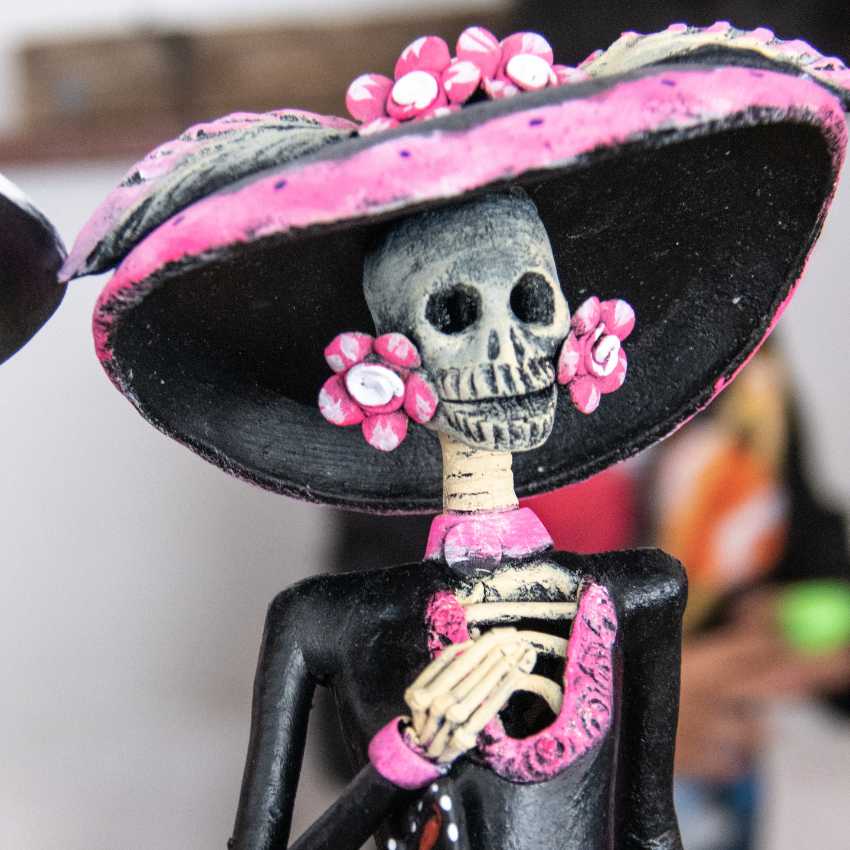
Orozco even recounted that he greatly admired Posada’s work and would visit him at his workshop in what was then the Distrito Federal, despite Posada not being famous at the time. Posada’s work was a significant influence and inspiration for Orozco.
Another great admirer of Posada’s skulls was the writer Carlos Fuentes, who, despite belonging to Mexico’s upper class, was not offended by the engraver’s criticism and satire of the elite. On the contrary, he fully validated the reflections that arose from it.
History of Mexico´s Catrina: Conclusion
Catrinas are much more than mere decorative figures. They represent the intimate relationship that Mexicans have with death – a bittersweet connection that isn’t based on fear, but rather on respect and celebration.
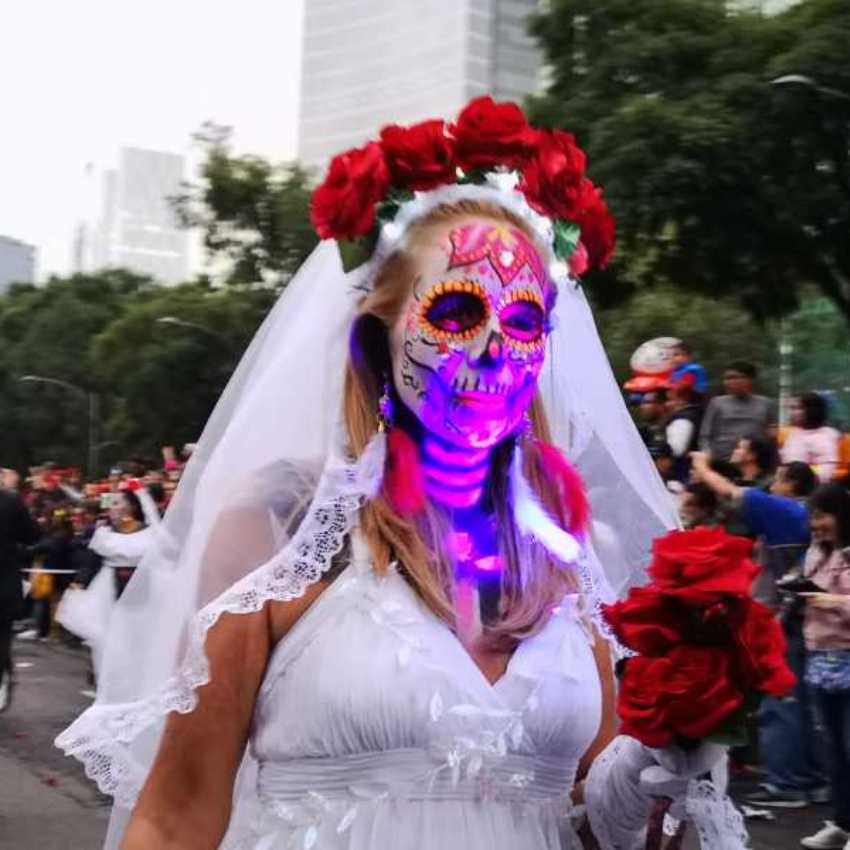
With its origin as a social critique, La Catrina has become a symbol of equality and a reminder that death is a part of life itself, deserving to be honored and celebrated accordingly.
